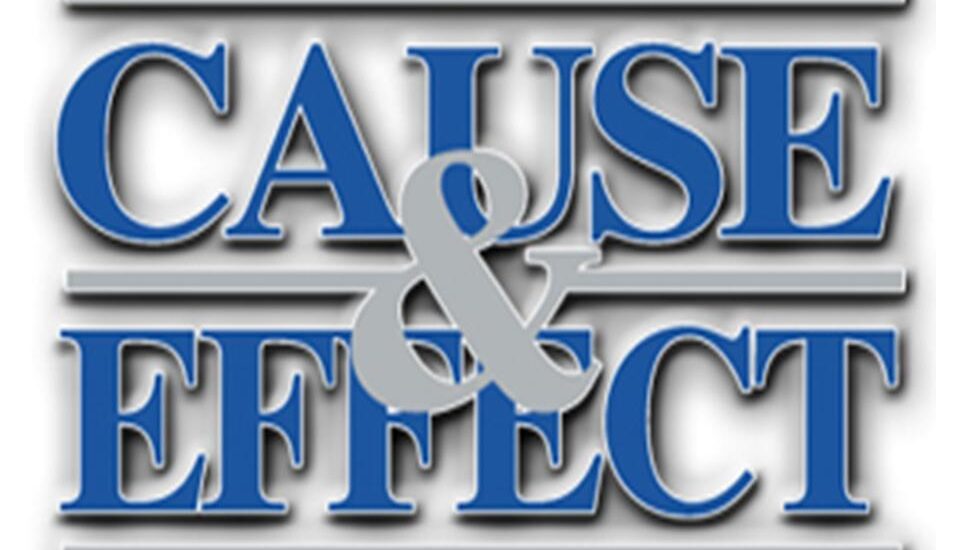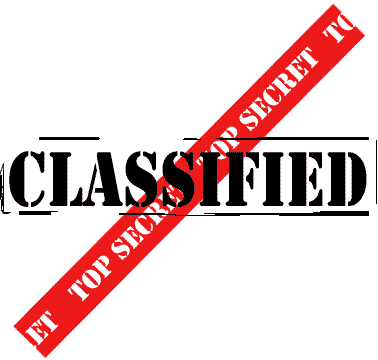sales effectiveness study
-
Learn How We Discovered They Had the Wrong Salespeople
- February 1, 2016
- Posted by: Dave Kurlan
- Category: Understanding the Sales Force

Would you believe me if I told you that in a recent sales force evaluation, nearly 50% of the 300 inside salespeople were not in the right role? Recently, we evaluated a large inside sales force and I thought it might be interesting to share some of the more unusual findings that were responsible for this sales team’s inability to achieve the revenue goals that the company expected from them.
-
Surprising Social Selling Secret Drives Sales Revenue
- November 5, 2014
- Posted by: Dave Kurlan
- Category: Understanding the Sales Force

If you’ve been reading my Blog, then you are probably aware of OMG’s big Sales Force Effectiveness Study that we’ve been working on for the past three months. One of the things we studied is the impact of Social Selling. At face value, one might come to the exact same conclusion as we did in 2013, that it’s having limited impact on sales. However, this time we looked wider and deeper and beyond the obvious and we were extremely surprised by what we found. We discovered that
-
How Significant is the Migration to Inside Sales?
- September 17, 2014
- Posted by: Dave Kurlan
- Category: Understanding the Sales Force
-
Ultimate Comparison of Top Salespeople versus Salespeople That Fail
- December 8, 2009
- Posted by: Dave Kurlan
- Category: Understanding the Sales Force
If you’ve been following this Blog you know I sometimes refer to the elite 5% of salespeople, the next 20% and the bottom 74%. After reading Super Freakonomics I was moved to take a new look at our data on the more than 400,000 salespeople we have assessed. Behavioral scientists would look at our data on the top 5% and report on some common findings. It might look like this:

